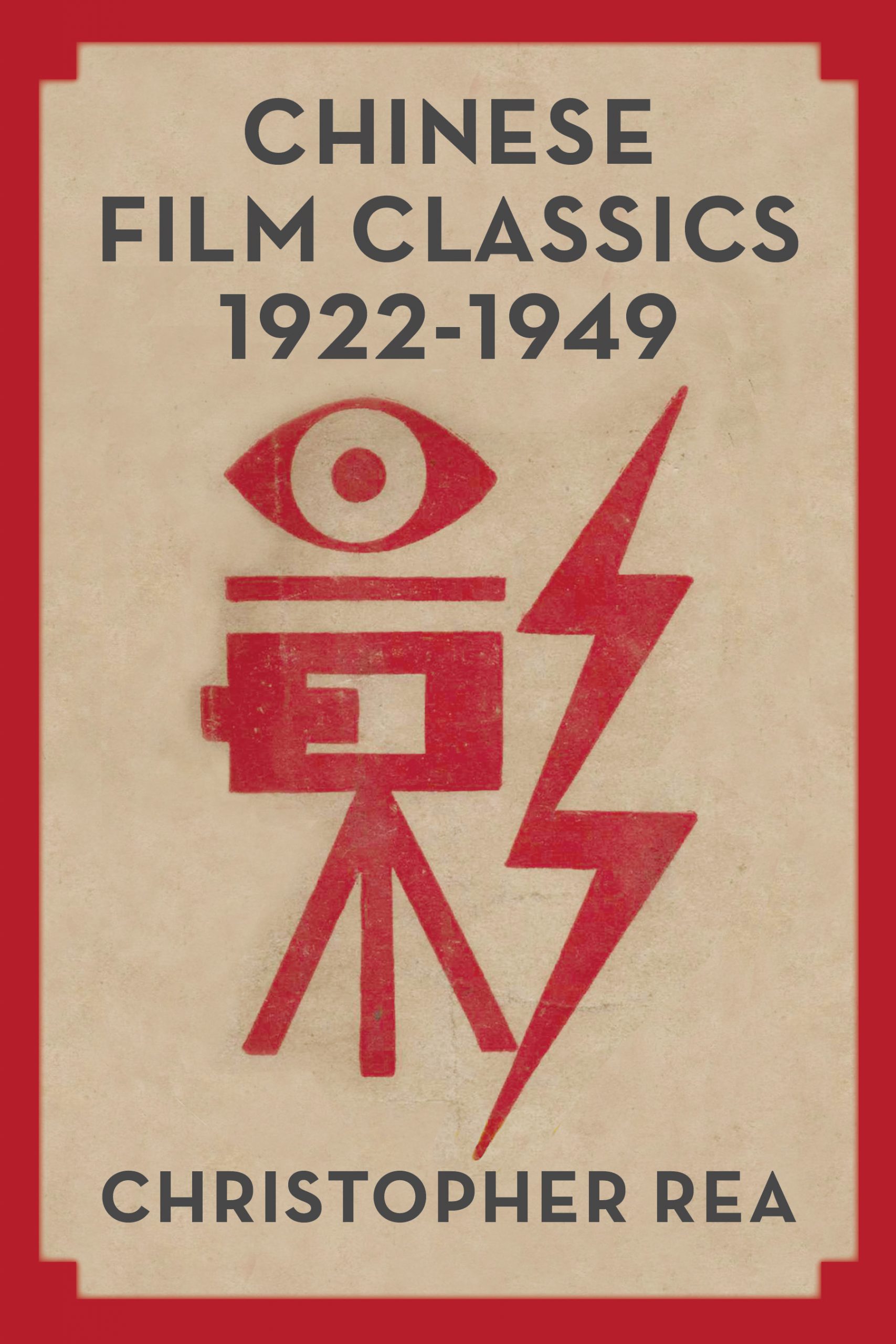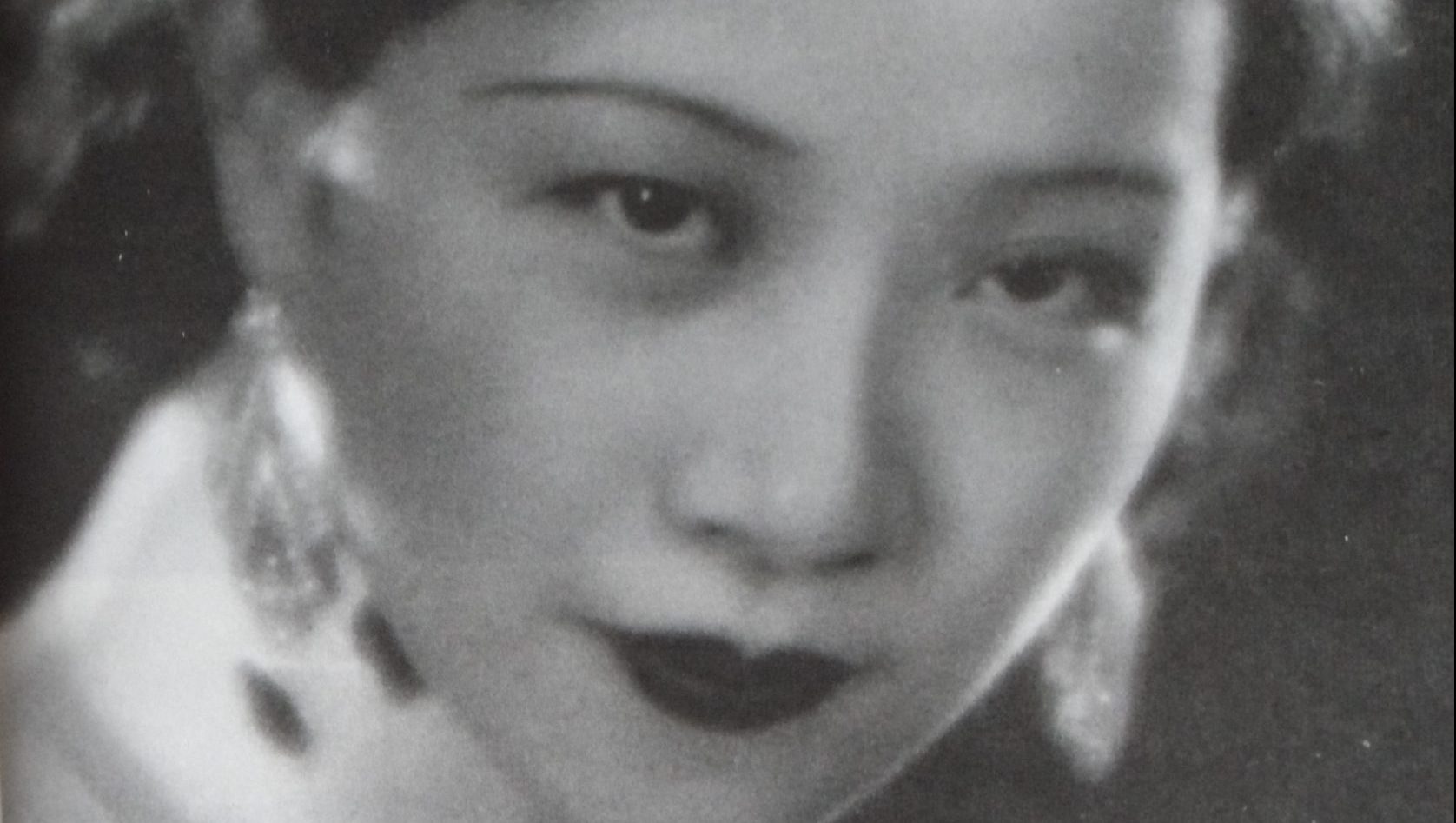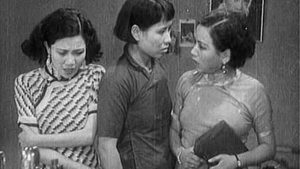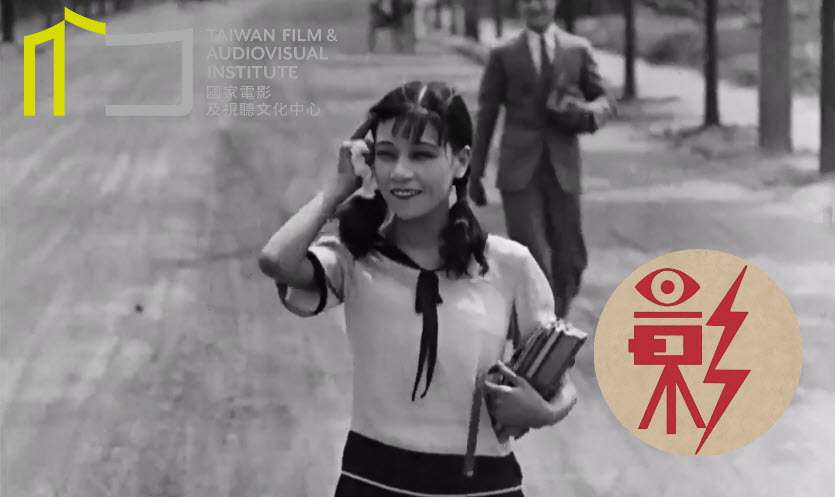Module 3: Goddess (1934)
Why is Goddess the most celebrated Chinese film of the silent era? How did the film become iconic of the glamor and pathos of the first golden age of Chinese filmmaking? How did Goddess respond to popular cinematic genres such as melodrama, or to the reality of pervasive prostitution in the city of Shanghai? What makes Goddess a work of art? How does its style differ from other films about vulnerable women, like New Women (1935)? How does set design, camera work, or narrative set Goddess apart? The young director Wu Yonggang (1907-1982), working with a small budget and a set of his own design, created a restrained work of art that captures lead actor Ruan Lingyu at her most radiant.
This module corresponds to chapter 4 in the book Chinese Film Classics, 1922-1949.
The film:
Shennü
Alternative English title: The Goddess
Written and directed by Wu Yonggang
Lianhua Film Studio
Released on December 7, 1934
Cast: Ruan Lingyu, Li Keng, Zhang Zhizhi, Li Junpan
English subtitles translated by Christopher Rea
Widely regarded as the finest Chinese silent film, Goddess is a stylistic masterpiece. A single mother working as a streetwalking prostitute finds herself trapped in a relationship with a thuggish gambler, and desperately fights to escape. How should society respond to her sacrifices? An exemplary melodrama featuring legendary actress Ruan Lingyu at her most radiant. Child actor Li Keng (Henry Lai, Lai Hang) also appears in films Sports Queen (1934) and Song of China (1935).
Video lecture 1: Legends of the fall
11:21 minutes
Contents:
- Plot summary
- “Goddess” as a “fallen woman film”: the genre in China and around the world
- How “Goddess” responds to the New Life Movement, launched by the Nationalist government in 1934
- Chinese “maternal melodramas” about the long-suffering, self-sacrificing mother
Video lecture 2: The gaze of a goddess
13:50 minutes
Contents:
- De-sensationalizing prostitution: Wu Yonggang’s minimalist depiction of everyday life in the city
- Cinematography: Framing male domination through camera angle and screen space
- Representing a double life through narrative structure: Contrasting indoor and outdoor, night and day, private and public spaces
- The aura of the gaze of a goddess
Learn more
Clips from Goddess
An early sequence that concisely establishes the woman’s nightly routine:
Example of symbolism in set design: Ruan Lingyu, “the Chinese Garbo,” appears in front of an ad for “Garbo Brand” cigarettes in this early scene in Goddess:
The thug tracks down the woman at her new apartment:
Son shows mom how to get in shape, in a scene that alludes to the Nationalist government’s New Life Movement (1934), which encouraged citizens to be strong and healthy:
Songs are represented visually in many Chinese films of the silent era, including this song by Henry Lai’s (Li Keng) character. Newspaper boys also appear in films such as Spring River Flows East (1947) and Wanderings of Three-Hairs the Orphan (1949).
Filmmaker Wu Yonggang said in his memoir that the principal character (played by Li Junpan) was a mouthpiece for Wu’s own views:
Related Posts
Teaching Resources for Early Chinese Cinema
The Chinese Film Classics Project is a research, teaching, and translation initiative aimed at making early Chinese cinema more accessible to the general public

Chinese Film Classics, 1922-1929 (2021), by Christopher Rea
An essential guide to the first golden age of Chinese cinema, offering detailed introductions to fourteen films.

Ruan Lingyu 阮玲玉
Ruan Lingyu is one of the most iconic actors of China's silent cinema age.

Ruan Ling-Yu (2005), by Richard J. Meyer
Ruan Ling-yu: The Goddess of Shanghai tells the story of one of the greatest Chinese movie stars of the silent era from humble origins to tragic death at the height of her career.

New Women 新女性 (1935)
A contemporary social drama about “the woman question.” What are women’s lives like in China today? And what should they be?

Goddess 神女 (1934)
Ruan Lingyu stars as a single mother in Shanghai struggling to give her young son an education, in the face of exploitation and social prejudice.

The Peach Girl 桃花泣血記 (1931)
The Peach Girl co-stars Ruan Lingyu and Jin Yan as lovers in rural China tragically separated by social class.

Love and Duty 戀愛與義務 (1931)
A romantic melodrama with paternalistic overtones, Love and Duty was the first Lianhua film to showcase the chemistry between Ruan Lingyu and Jin Yan.


